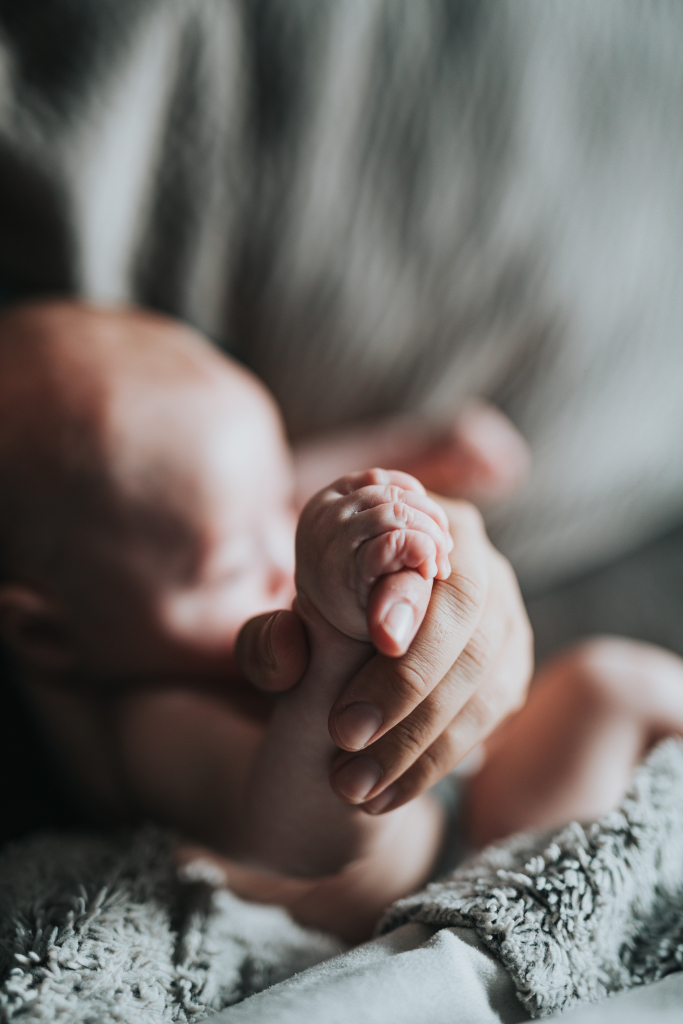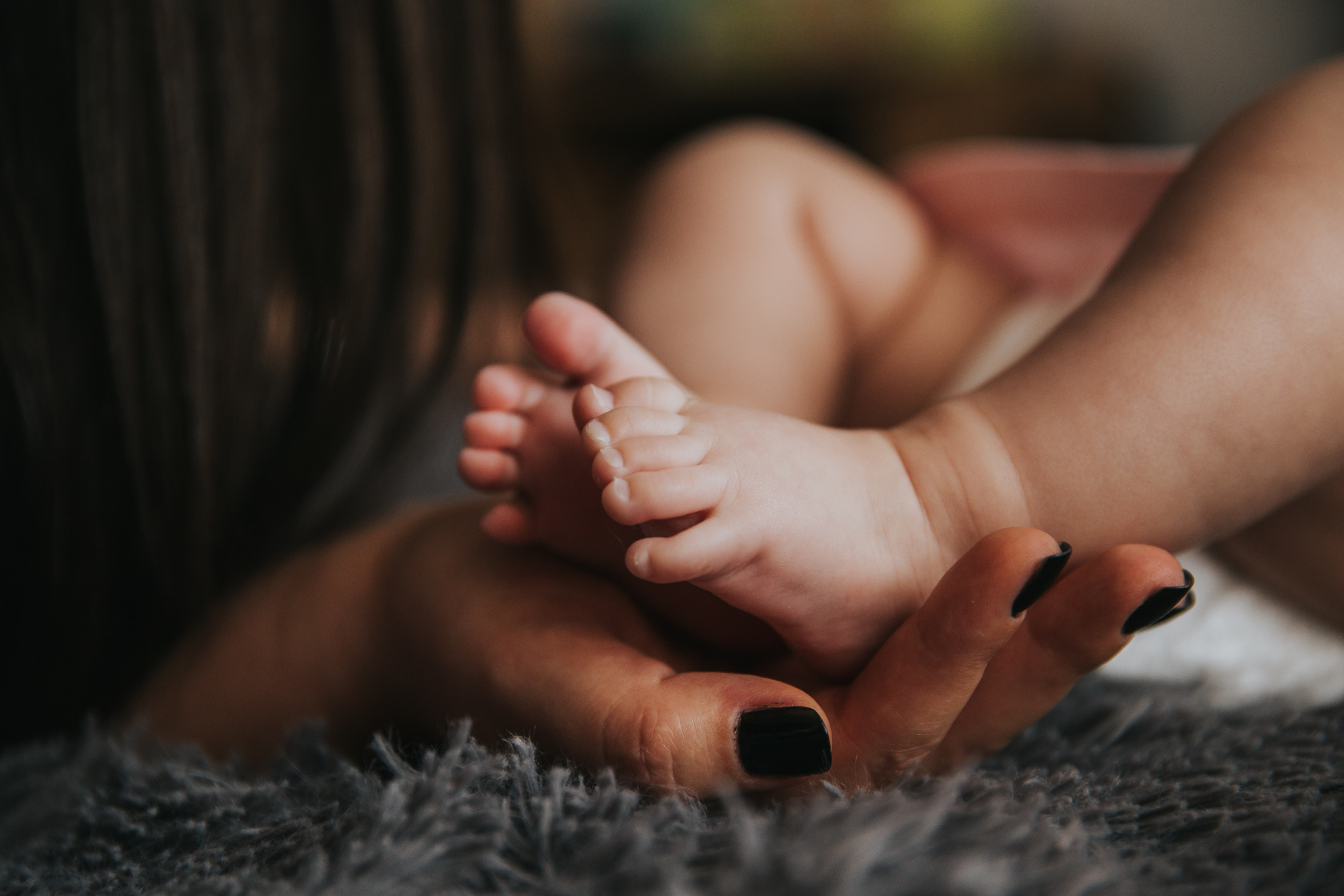How to Give Your Baby Up for Adoption
How to Give Your Baby Up for Adoption
Giving your baby up for adoption has such a negative connotation. It leads people to think that you are getting rid of your baby instead of taking on the responsibility when it could not be farther from the truth. If you are a birth mother/parent and are against abortion (which means, “the deliberate termination of a human pregnancy, most often performed during the first 28 weeks of pregnancy,”) and do not feel that you have the stability to raise the baby either by yourself, as a single parent, or with the father, then you might consider placing your child for adoption.
Reasons You May Give Your Baby Up
There are many aspects to consider when you are looking at reasons you might place your baby for adoption. Some of these include:
- The birth father is no longer around, and you know you do not have the stability that a baby needs as a single parent.
- You know that you cannot support the baby financially, emotionally, mentally, or physically on your own.
- You do not have a support system that would be available to aid you if you need it.
- You want your baby to have a two-parent family where he/she will receive all the love he/she can get.
- You want to follow your dreams but know that when taking care of a baby is involved, it either will not happen or it’s harder to reach your goals.
- You know you could be a single parent but realize that it would be difficult. You know that even for those that are prepared for a baby to enter this world, it is still hard to be a parent.
- You want to make sure that you are the one to decide what is best for you; empowering you to decide on your own.
- You want your child to be in a family that he/she can blossom in.
- You know that you are helping a family that cannot have children–possibly because of infertility issues or health reasons–but want children.

How to Give Your Baby Up for Adoption
There are steps to giving your baby up for adoption, but first, let’s talk about the positive lingo when it comes to this topic. Throughout this article, I will use both “how to give your baby up for adoption” as well as “placing your baby for adoption” to dispel the negativity. There are five steps that you will take as you contemplate this decision.
- Decide what avenue you wish to take.
This decision, if the birth father is not in the picture, is yours to make. You could have influential people wanting you to give your baby up for adoption who are pushing you to quickly make a choice but you are the baby’s mother, and if this is a better option in your opinion, do not let others force you into making a choice you might regret later. In the end, it is what you think is best for your baby. You will know whether the choice is right, especially if you have researched adoption.
Adoption is giving your baby a chance at life that you feel in your gut that you cannot provide him/her. It is allowing a couple or individual who is not biologically related to you (sometimes, you may find that you have a family member who cannot have children, and allowing kinship adoption may be something you want to explore) to raise your baby as their own.
- Searching for an adoption agency and an adoption attorney to work with you to give your baby up for adoption.
So, how do you know where to begin once you have made the difficult but selfless and loving choice to place your baby for adoption? You will want to find an adoption agency that works well with you because you will have ties to it even after your baby is placed with his/her forever family. An awesome agency that is located in Texas but works with birth mothers all over the world is the Gladney Center for Adoption. This agency assists birth mothers by providing essentials like housing–a place to live with others who are in similar circumstances. They also help you with medical necessities throughout your pregnancy, and they advise that you begin therapy as this assists in dealing with the emotional upheaval that you are going to experience if you haven’t already. The Gladney Center for Adoption is a spectacular agency to research and meet with. However, if they are not what you are looking for as far as an agency goes, they have no problem with helping you find an agency that is better suited to your adoption journey.
Once you have decided on an agency, you want to look into an adoption attorney. What does an adoption attorney do? They are specialized in placing your baby for adoption. An adoption attorney will take care of the legal parts of your adoption journey from paperwork like signing contracts between you and the prospective adoptive parents, and setting up hearings that need to take place with the judge.

- Exploring options for prospective adoptive parents.
At this point, you feel this is getting “real,” so you might find yourself going through the five stages of grief if you haven’t already. You may find that you go through each stage, not necessarily in the order that they are listed and you may experience one or all of them more than once as you delve into your adoption journey.
Stage 1–Denial: This is when you want to believe that what is happening and the choices that you are forced to make aren’t taking place. You might hope that this is a dream that you can wake up from. You could find yourself so far into this stage that you hide your pregnancy from everyone including family and friends.
Stage 2–Anger: This is the stage that a lot of birth mothers faced with such difficult decisions (especially at a young age) stay in the longest, next to depression and isolation. You could be angry at yourself for getting into this situation. You could be ticked off at the birth father for not being more careful, or leaving you to deal with this on your own. You might be mad at your parents for forcing you to look into placing your baby for adoption since they might not think you can make that choice on your own. You might even just be angry at the world in general just because sometimes, life is not fair. The underlying emotion with anger, however, is hurt. If you can look at it like that, you’ll have an easier time dealing with the anger that rises.
Stage 3–Bargaining: When you find yourself needing to make a hard decision such as adoption, you may try making a deal with God or a higher power; if He/She would make your situation go away–turn back time, if you will–then you would not let this happen to yourself again. Unfortunately, this stage cannot work when it comes to your already pregnant belly.
Stage 4–Depression/isolation: Depression is common among pregnant and post-pregnant women. When you are young and unsure of what avenue you want to take, depression can be constant. It’s sometimes coupled with isolation, or the feeling like you are the only one going through an unplanned pregnancy and would rather be alone than have people laughing, especially if you are still in high school.
Stage 5–Acceptance: This stage is extremely difficult to reach and many do not reach it. However, there are those birth mothers/parents who, for whatever reason, are at peace with their decision and accept the outcome once they have chosen to place their baby for adoption.
As you contemplate who you want to be your baby’s adoptive parents, you might have certain criteria they must meet such as being married longer than three years, financially stable, have adopted before, or have other children, so they know what they are doing. Nowadays, to find prospective adoptive parents, there is a newer technological advance called photolisting. This allows you to scroll through many prospects faster than slowly going through file after paper file, which was the only way to make a placement not too many years ago.
- Meeting the couple or individual you chose as a prospect.
When it comes to meeting the couple or the individual you think would be a good fit to raise your baby, you might be scared, nervous, or have many emotions. How can I give my baby up for adoption? This may be one of many questions you ask yourself as you prepare for your first face-to-face meeting. Typically, you will have the first contact over the phone in your caseworker’s office. The best way to ease yourself into greeting the prospective adoptive parents is to come up with some questions to ask them. They can be “getting to know you” questions or even questions you have regarding how they plan to parent your baby. Some of these questions could include:
- How old were you when you first met?
- Was it love at first sight?
- What drew you to each other?
- What are your parenting styles, and how do you plan to parent your baby if you do it differently than each other?
- (If there are other kids) How do your kids feel about an adopted baby?
- (If they haven’t adopted before) Have you talked with them about what it means?
- Will my baby enjoy family vacation time?
- Do you have family traditions like for the holidays that my baby will be involved in?
- Do you plan on telling my baby he/she is adopted when he/she is old enough to understand?
- How do you plan on doing that?
Communicating your wants and needs for your baby is vital when considering a couple or individual as adoptive parents. They want to get to know you as a person as much as you do them.
- Your adoption and hospital plan.
These two areas give you control over what happens next. Your adoption plan is one that you and the prospective adoptive parents choose together as it involves how much or how little contact you have with your baby after placement.
Closed adoption: Some birth mothers/parents think this is the easiest kind of adoption as, once the baby is placed with his/her adoptive parents, there are no other toes to the birth mother/parents. The issue this type of adoption causes is that the child may want to find his/her birth mother/parents, but the records are typically sealed. The records must be unsealed by a judge, and sometimes, even if he opens the file, some areas are blurred out.
This used to be the only type of adoption available, which made adoption difficult for the birth mother/parents, but especially for children who wanted to find out who they were and where they came from.
Open adoption: This type has been becoming more and more popular and has gained ground since the 1990s. People are realizing that although a child is adopted, he/she needs a connection with his/her birth mother/parents. The contact in the form of letters, photos, videos, calls, and even visitation is decided between the birth mother/parents and the prospective adoptive parents. Both parties must be comfortable with the decision they agree to. It’s also important that a contract be drawn up so there are no misunderstandings, hence, the use of an adoption attorney.
Semi-open adoption: This is a fairly new type of adoption but works for both parties if the prospective adoptive parents are not comfortable with a lot of contact after your baby is placed. You might feel as if too much contact would be too difficult as well. The most common contact with this type is monthly, then yearly updates, but there is no visitation, and there is information that the birth mother/parents are not allowed to know.
Your hospital plan is the last opportunity you have to make decisions for your baby. This is where you decide who is in the delivery room with you when you give birth. Many birth mothers want to allow the adoptive mother as much of the birthing experience as she can, especially if she has never had a baby. This is another selfless act you can make as a birth mother. There are other birth mothers who, because they have been supported by family and/or friends, want their mother or best friend there with them. Even still, if the birth father has taken part the entire time, you may want these last few hours together to spend with your baby.

- Your life after adoption
You may find yourself wanting to become the person you were before you got pregnant, but one thing you want to realize is that not only does pregnancy change you but placing your baby for adoption changes you. There will be things that you could stand before your journey that you can’t stand anymore. You could also have a different set of friends; usually, ones that have been where you are. To be able to come to terms with the new erosion of your life, you want to continue therapy or start it if you haven’t because there will be feelings and emotions you have not encountered yet. You might find too that you are experiencing the grief process all over again when you thought that you had dealt with that aspect.
You want to find new hobbies that interest you, finish school if you haven’t, or even get a job. The point is, you are not in the same space in your life as before, so do not be surprised if there are more “new” areas of your life that you want to change.
“Giving your baby up for adoption,” as I noted at the beginning of the article gives adoption a terrible rap. Using the phrase, “placing your baby for adoption” has a more positive note to it. Either way you look at it, when looking into adoption, remember that the choice is yours, and having a great support system makes choosing what is best for you and your baby a little easier.
DISCLAIMER: Although this article is written to give a glimpse into what adoption entails for birth mothers/parents, it in no way negates speaking with an adoption agency and/or an adoption attorney in your area.
Are you considering placing a child for adoption? Not sure what to do next? First, know that you are not alone. Visit Adoption.org or call 1-800-ADOPT-98 to speak to one of our Options Counselors to get compassionate, nonjudgmental support. We are here to assist you in any way we can.






